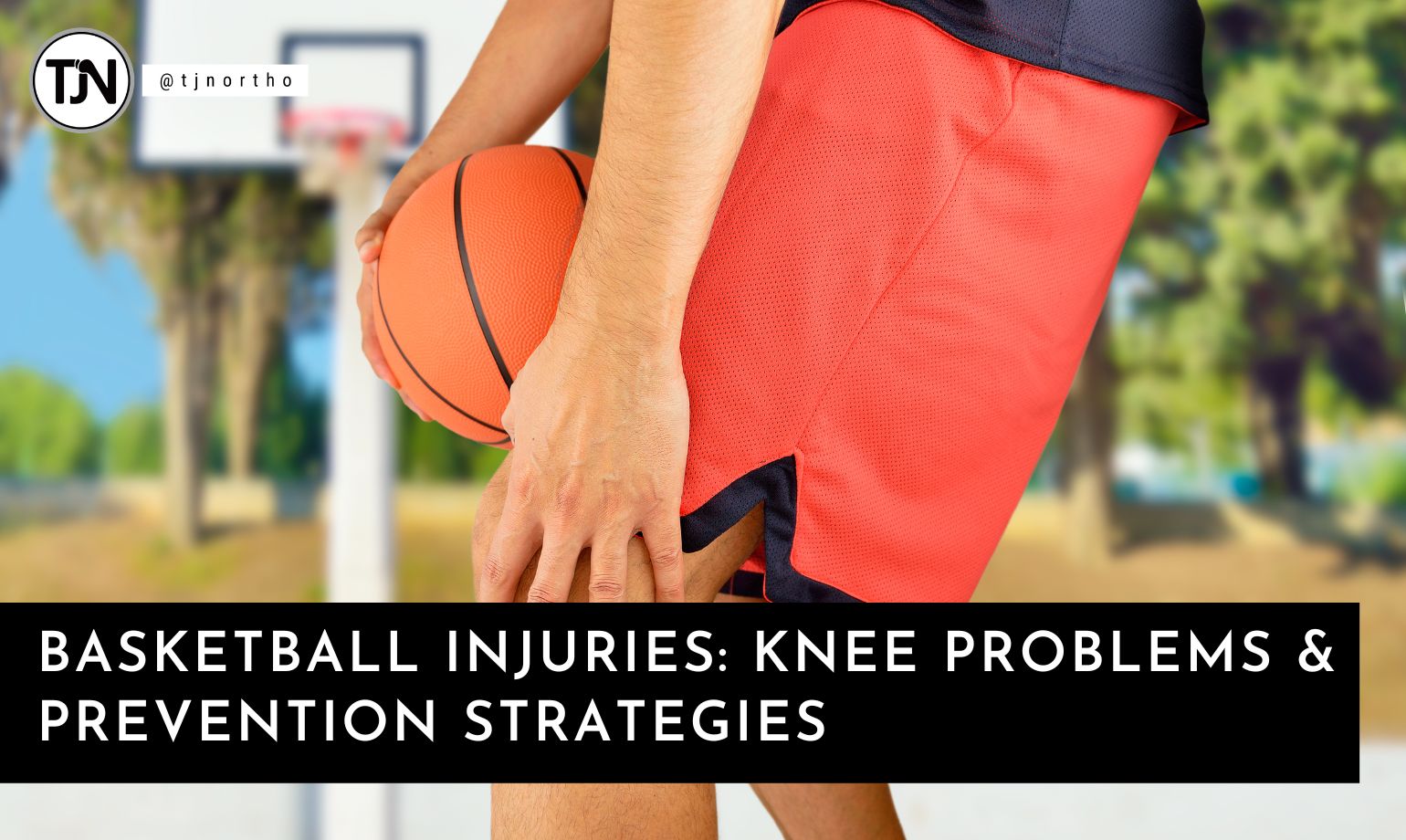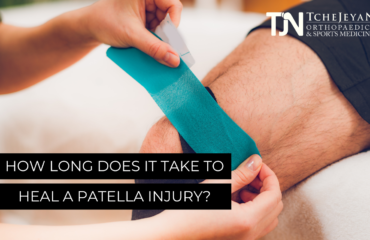As basketball season kicks off for schools across the nation, the anticipation and excitement are palpable. Athletes, coaches, and fans eagerly await the thrills and challenges that come with the game. However, it is an unfortunate fact that as the season progresses, the fast-paced action and high-impact movements of basketball will result in knee injuries for some players.
Basketball knee injuries are often very painful and debilitating, forcing players off the court for several games or even the whole season. Many of them will require expert medical attention and treatment.
Here are some of the basketball moves that typically strain the knee joint and a rundown of the knee injuries orthopedic doctors are most likely to see during basketball season, along with what you can expect if you experience one of these injuries and tips for preventing them.
Common Knee-Straining Moves in Basketball
Basketball is a dynamic sport that demands a range of movements, some of which can significantly strain the knees. These include:
- Jumping and Landing: The explosive jumps required for layups, dunks, and rebounds can exert immense pressure on the knee joints, especially during awkward landings where a player may land on another player’s foot or get jostled by other players trying to get the ball.
- Cutting and Pivoting: Rapid changes in direction and pivoting can lead to twisting motions that may overstress the knee ligaments and cartilage.
- Quick Stops and Starts: Abrupt stops followed by rapid acceleration can cause shearing forces on the knee.
Common Knee Injuries Suffered by Basketball Players
Orthopedic surgeons frequently encounter a range of knee injuries during basketball season. Some of the most prevalent include:
- ACL (Anterior Cruciate Ligament) Tears: Ligaments are strips of strong, fibrous tissue that connect bones to other bones and maintain the integrity of the joint. A torn ACL is one of the most severe knee injuries for athletes, often requiring surgical intervention. It typically occurs when an athlete lands awkwardly or changes direction suddenly. Surgical reconstruction is often necessary to repair a torn ACL. Recovery can take six to nine months, including physical therapy, to regain strength and stability.
- MCL (Medial Collateral Ligament) Sprains: MCL sprains are common and vary in severity. They occur when there is excessive pressure on the outside of the knee, often due to contact with another player. Mild to moderate sprains can heal with conservative treatment, including rest, ice, and physical therapy. Severe sprains may require surgery and more extended recovery periods, typically three to six months.
- Meniscus Tears: The meniscus is a piece of cartilage in the knee shaped like a horseshoe that acts as a cushion between the thigh bone (femur) and shin bone (tibia). It can tear from twisting or direct impact. Surgery may be needed, depending on the extent of the tear. Depending on the extent and location of the tear, treatment may involve arthroscopic surgery. Recovery can take several weeks to a few months.
Prevention Strategies
Preventing knee injuries is crucial for basketball players if they want to make sure that they can play an entire season. While no measures can prevent all injuries, here are some strategies to minimize the risk:
- Strength and Conditioning: A well-designed strength and conditioning program can improve the stability of the knee joint and reduce injury risk. Focus on strengthening the quadriceps, hamstrings, and calf muscles.
- Proper Footwear: Wearing appropriate basketball shoes with good ankle support can enhance stability during cutting and jumping movements.
- Warm-Up and Stretching: A thorough warm-up and dynamic stretching routine before games and practices can adequately prepare and warm up the muscles and joints for the demands of basketball.
- Technique and Form: Coaches should emphasize proper technique for jumping, landing, and changing direction to reduce the risk of injury.
- Braces and Supports: To protect the knees, particularly for those players who have previously injured a knee, a protective brace can keep the joint aligned and the muscles warm, and many sports braces do not restrict proper knee joint movement.
Basketball season brings excitement and the potential for great achievements, but, like all competitive sports, it carries the risk of injuries for players. Understanding the movements that strain the knee and adopting preventive measures is crucial, and coaches and trainers should ensure their players are taking preventative measures. If injuries occur despite precautions, timely medical treatment and proper rehabilitation are critical to a successful recovery.
If you or someone you know suffers a basketball-related knee injury, we invite you to contact the orthopedic specialists at TJN Ortho in Thousand Oaks, California. We specialize in sports medicine, and our team is dedicated to helping athletes get back on the court. Don’t let knee injuries sideline your basketball dreams. Contact Tchejeyan Orthopaedics and Sports Medicine today, and let us help you continue to enjoy the game you love.




